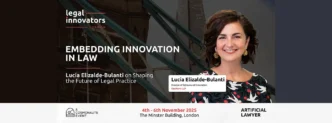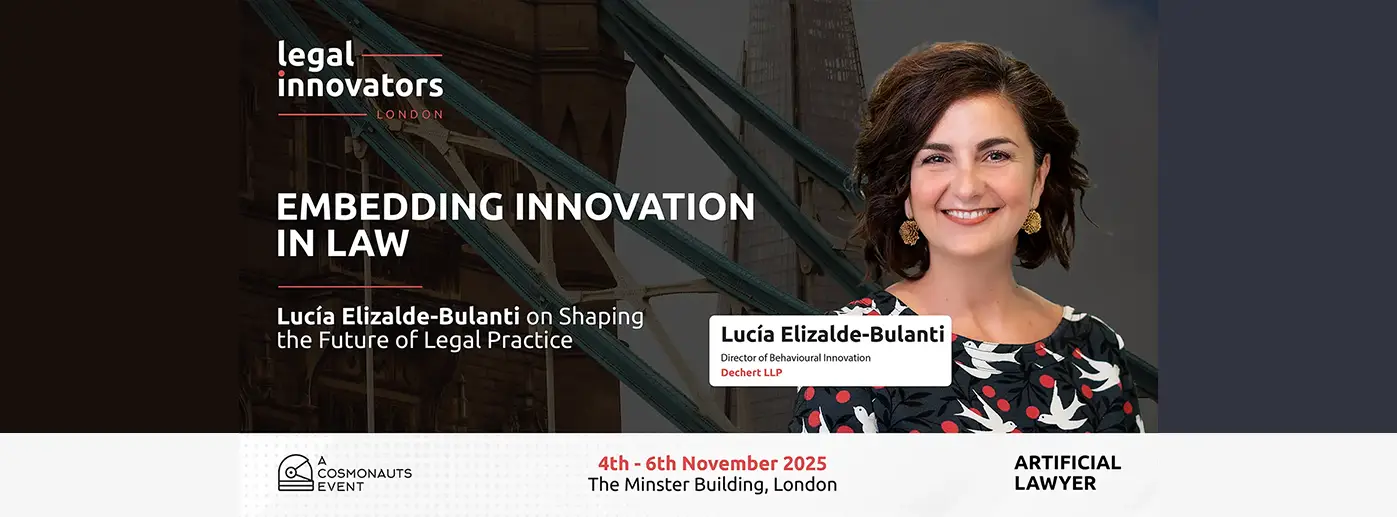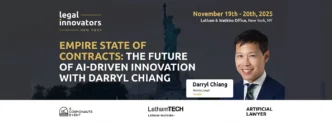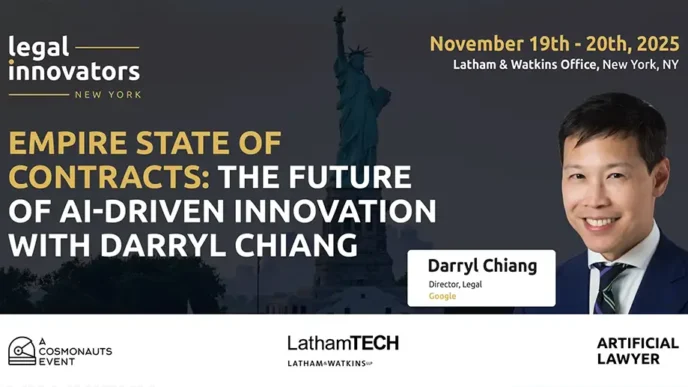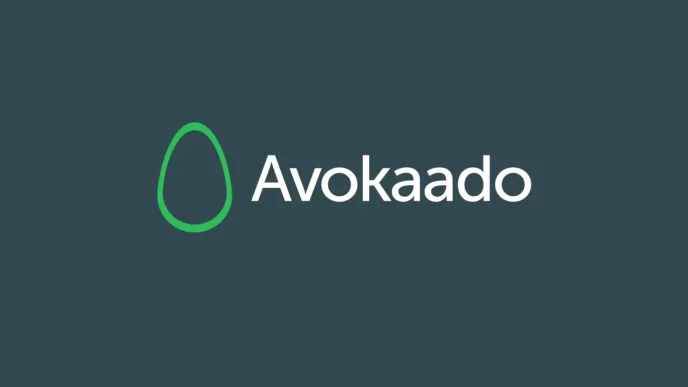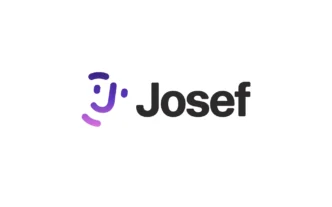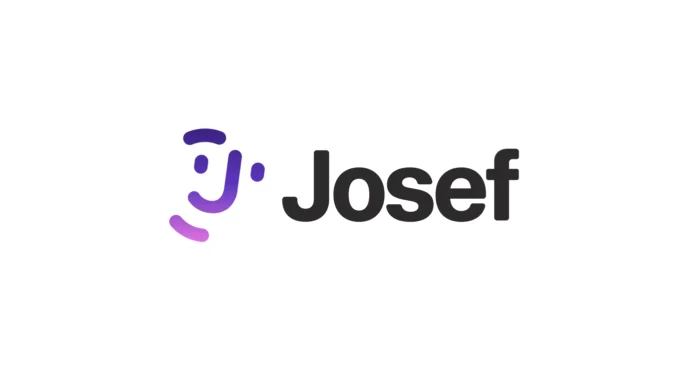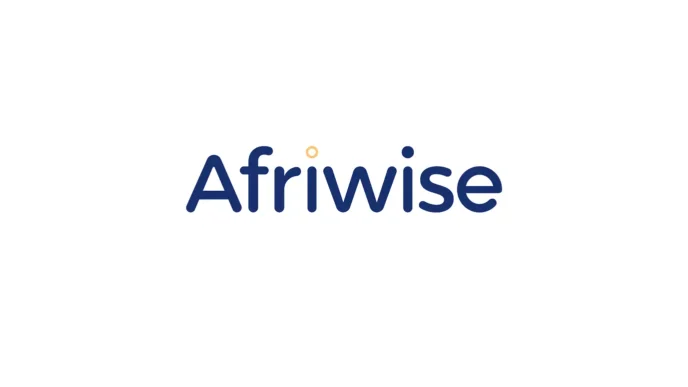In the latest feature of our Legal Innovators UK 6.0 interview series, we speak with Lucía Elizalde-Bulanti, Director of Behavioural Innovation at Dechert LLP. Known for weaving behavioural science into legal practice, Lucía believes true innovation is not just about adopting new tools, but about reshaping culture and habits.
At Dechert, her work focuses on creating an environment where lawyers feel empowered to think differently, collaborate creatively, and embrace technology with the right guardrails. From fostering safe spaces for experimentation to embedding behavioural insights into technology adoption, her approach demonstrates why innovation in law must be both human and cultural. Enjoy the interview below.
What strategies have you found most effective for integrating innovation seamlessly into a law firm’s day-to-day operations, so it becomes part of the culture rather than a separate initiative?
At Dechert, our concept of innovation is unique in the market. We see it as a composite of technology adoption and behaviour change, which entails creating habits that drive growth at the organizational, team and individual levels. This broader view of innovation takes time to embed. It starts with each person understanding innovation as part of their role, shapes what teams expect of one another and ultimately becomes part of the firm’s culture. A true culture of innovation emerges when a critical mass of individuals and teams feel comfortable and empowered to challenge established paradigms, think differently, act differently and embrace a long-term vision. Cultivating this culture is a marathon, not a sprint, and meaningful results only emerge with time.
Over the past five years, we’ve focused on building these foundations through programs that equip our people with the skills to be creative thinkers and problem-solvers, which include design thinking, behavioural science and organizational design. Our most successful initiatives –the Innovation Certificate Program, Dechert Innovation Foundations and Behavioural Change Program– are immersive experiences designed to create safe spaces for people to generate novel ideas, design strategic implementation plans and consider the human-behaviour aspects necessary to transform an idea into a successful project. At its core, a culture of innovation is judged by its impact: ideas implemented to fuel revenue growth and cost savings, strengthen our relationships with clients, attract and retain the best talent and ignite genuine pride and satisfaction in our people.
What behavioural tendencies do you see as the biggest challenges to innovation and tech adoption in legal practice
In my view, the biggest challenges to innovation and technology adoption in law firms stem from a double mismatch.
First, our traditional role as lawyers included reading, researching, processing information, reasoning and communicating insights. Today, AI can perform those tasks faster, more cheaply and often more accurately. Is this the end of our legal careers? Certainly not. But we must rebuild our professional identity on strengths that remain uniquely human: deep expertise, sound critical judgement, extensive networks of influence, hard-earned trust and exceptional client service. Technology can’t replicate those qualities (at least not for now!) and that’s precisely where our value lies.
Second, our legacy revenue models and performance metrics still reward hours billed rather than client impact. Thanks to innovation and technology, what really matters is the value we deliver through the human-centric skills I’ve just described. Beyond hours worked, clients will pay a premium for strong expertise, efficient delivery, outstanding service and a superior experience. Behavioural Science research shows that business models where time is monetised (“time’s money”) inhibit the forward-looking and strategic thinking our people and our organizations need to stay competitive.
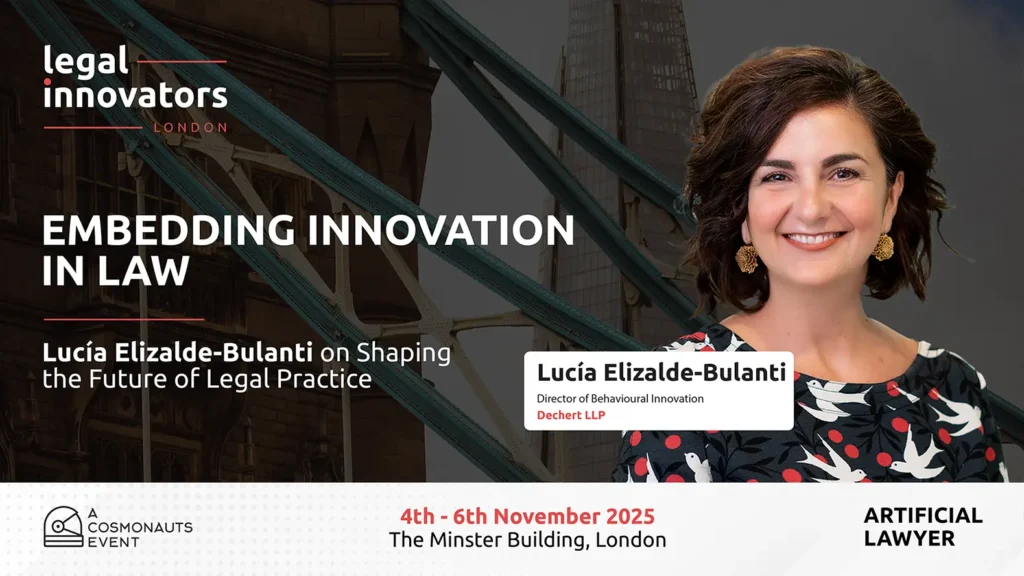
What strategies have you found effective in helping legal professionals form new habits around collaboration, creativity, and tech use? Can you share an example of when you encountered strong resistance to change and how you overcame it?
Thankfully, we’ve faced little outright resistance at Dechert. Our 500+ Innovation Ambassadors speak to how deeply innovation is woven into our culture. Yet, like most law firms, we continue to struggle with consistent and at scale technology adoption. Investing in new tools is one thing; getting people to open the app and use it habitually is another. Sustainable habits are hard to form, especially when old workflows and ways of working have proven successful.
To drive technology adoption at scale, we’re embedding Behavioural Science insights into different phases of our innovation and technology initiatives. For example, by understanding how people think and what motivates them to behave in desirable ways around technology, we ensure tech solutions resonate deeply with the lawyers who will use them. We begin by co-designing tools with practising lawyers alongside our AI experts. This collaborative approach harnesses the “IKEA effect”: when lawyers play an active role in creating a solution, they value it more and become its most enthusiastic advocates. Next, we leverage peer-to-peer onboarding. When respected lawyers introduce new technology to their colleagues, they tap into authority, source-credibility and in-group biases. This trust-based approach accelerates acceptance and encourages experimentation. Finally, we establish social norms that reinforce tech adoption over the long term. By linking innovation and technology usage to performance reviews, we send a clear message: embracing these tools is not just supported, it’s integral to professional growth and firm success.
How do you adapt behavioural change approaches for different offices and teams with different social norms?
This is a great question because it acknowledges a crucial truth: behaviour depends heavily on the environment and it’s the environment that shapes social norms, which are those unwritten rules and expectations guiding how members of groups behave. Our behavioural analyses always start by examining not only the actions people take but also the environment in which they operate. Through careful observation and research interviews with team members, we assess whether a proposed behavioural intervention or programme will work in a particular team or office.
For example, suppose there is a team culture that is highly hierarchical and formal, where junior lawyers rarely speak up and routinely defer to senior partners. If our objective is to increase junior participation, we might pilot a behavioural intervention during team meetings where, for instance, a partner begins the meeting by modelling the desired behaviour (briefly sharing both a win and lesson he/she learned that week). This creates psychological safety for junior lawyers to follow. Next, senior associates would share their insights and only then would junior lawyers contribute. This approach would have to be very different for a team that already operates in a flat, collaborative, level-playing-field culture.
Are there behavioural change strategies from other industries you’ve successfully borrowed for the legal sector?
We’re always seeking inspiration from industries far removed from the legal world; the greater the distance, the better. Rather than asking what our competitors are doing on the innovation front, a much more interesting angle is to look at what they aren’t doing and what other successful organizations and sectors have mastered that we’re overlooking. When it comes to transformation and behaviour change, we should learn from those who excel where lawyers and the legal industry often struggle.
For example, we invited dentists to speak with our teams about building trust and delivering exceptional client service. After all, both dentists and lawyers serve clients who approach us apprehensively, experience high emotions and are ready to spend premium fees. We also turned to immersive-theatre experts to discover how to guide participants out of their comfort zones and into structured, engaging experiences. And we studied advertising agencies, the true masters of persuasion, to uncover the behavioural Science techniques they use to convince consumers to buy things they neither need nor want. Learning more about these worlds isn’t just eye-opening and fun; it also provides fresh perspectives on the world around us.
Join the Conversation
Lucía will expand on these themes at Legal Innovators UK 6.0 this November in London. On Day 1 (Private Practice Day), she’ll join the panel “Future-Proofing Legal Talent: Training Lawyers in the Age of AI”, where she and other experts will discuss how firms and legal departments can adapt their talent strategies, ensuring the next generation of lawyers thrive in an AI-driven profession.
Join the conversation with leaders across the ecosystem as they explore how culture, behaviour, and technology together are reshaping legal services.
Private practice and in-house legal professionals can REGISTER to attend to learn, connect, and discover what’s next for the legal industry.
Solution Providers can use: 10% discount code: LWVD10UK. REGISTER



